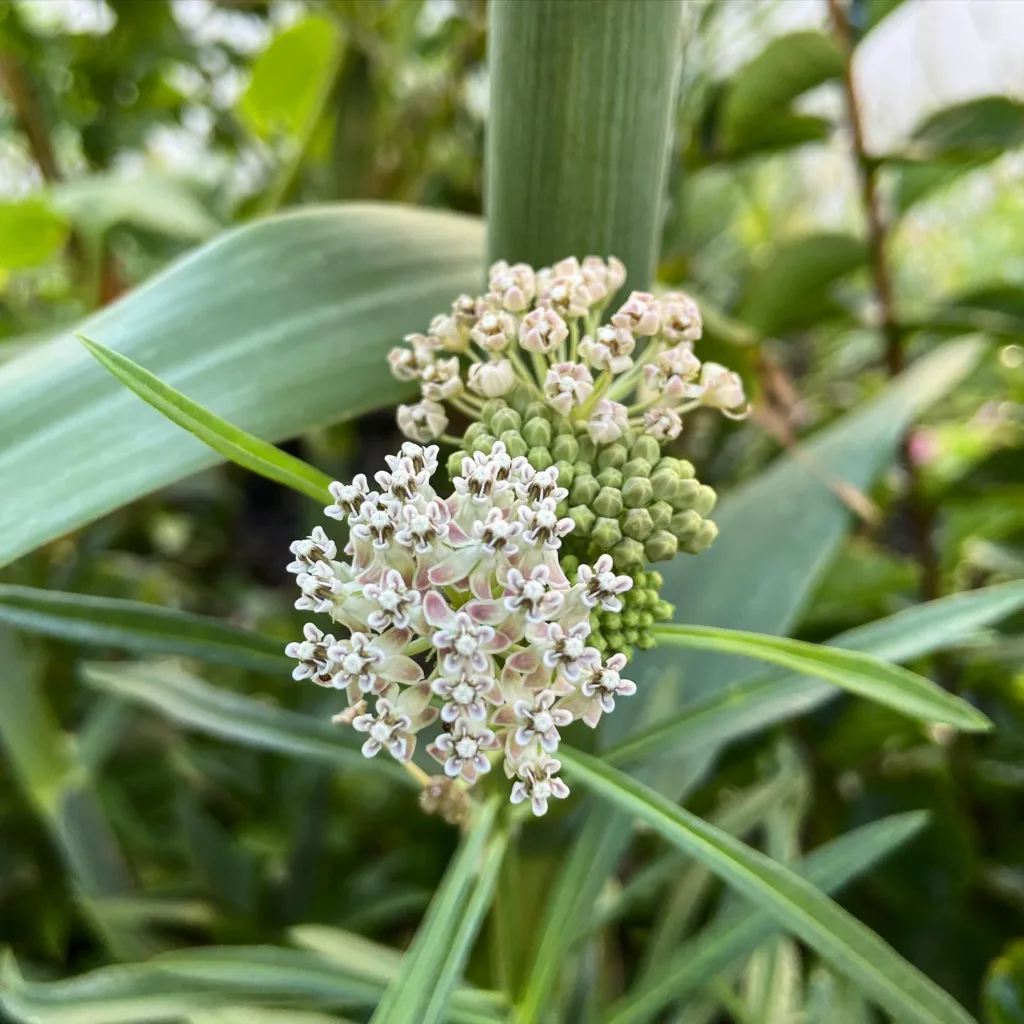
How far apart to plant cotoneaster hedge?
Planting a cotoneaster hedge was an exciting project for me, but spacing was key. I learned that for a dense hedge, you should space the plants about 2 to 3 feet apart. I made sure to measure the distance carefully to ensure they had enough room to grow but were close enough to form a solid hedge over time.
How to cut back a cotoneaster hedge?
Trimming back my cotoneaster hedge became a yearly ritual. I found that cutting it back in late winter or early spring, before new growth began, worked best. Armed with pruning shears, I carefully trimmed away any dead or overgrown branches, shaping the hedge to my desired height and width. It felt like sculpting nature into a beautiful form.
How to plant cotoneaster hedge?
Here’s a guide on how to plant a cotoneaster hedge:
Choosing the right cotoneaster variety:
- There are several cotoneaster varieties suitable for hedges, each with slightly different characteristics. Popular choices include Cotoneaster franchetti, Cotoneaster lacteus, Cotoneaster horizontalis, and Cotoneaster simonsii. Consider factors like desired height, growth rate, and flowering habits when choosing your variety.
Planting Time:
- The best time to plant a cotoneaster hedge is in early spring or fall when the soil is cool and moist. Avoid planting during hot summer months.
Location:
- Cotoneaster thrives in full sun to partial shade. Full sun will promote better berry production and vibrant fall foliage. Choose a well-draining location as cotoneaster doesn’t tolerate soggy soil.
Soil Preparation:
- Amending the soil before planting is beneficial. Loosen the soil to a depth of 12-18 inches (30-45 cm) and mix in compost or other organic matter to improve drainage and provide nutrients.
Planting the Hedge:
- Dig a trench: Dig a trench along the desired location of your hedge. The trench should be deep enough to accommodate the root ball of your chosen cotoneaster plants and slightly wider than the root spread.
- Space the plants: Space the cotoneaster plants according to your desired hedge density and the mature size of the variety you chose. For a dense hedge, space plants 4-5 feet (1.2-1.5 meters) apart. For a looser look, space them 6-8 feet (1.8-2.4 meters) apart.
- Planting: Place each cotoneaster plant in the trench, ensuring the root ball sits level with the surrounding soil. Backfill the trench with soil and tamp it down gently to remove air pockets.
- Watering: Water the newly planted hedge thoroughly to settle the soil around the roots.
Aftercare:
- Water your cotoneaster hedge regularly, especially during the first growing season, to ensure proper establishment. Aim to keep the soil consistently moist but not soggy.
- Once established, cotoneaster is relatively drought-tolerant and requires less frequent watering.
- Mulching around the base of the hedge helps retain moisture, suppress weeds, and regulate soil temperature. Apply a 2-3 inch (5-7.5 cm) layer of mulch around the plants, keeping it away from the stems.
- Cotoneaster hedges generally require minimal pruning. However, if desired, you can lightly prune the hedge in late winter or early spring to maintain its shape and size.
Additional Tips:
- Cotoneaster can be susceptible to certain pests and diseases like fireblight and cotoneaster dieback. Monitor your hedge for any signs of trouble and address them promptly with appropriate treatment methods.
- Fertilizing is not essential for established cotoneaster hedges. However, you can provide a light application of balanced fertilizer in early spring to encourage healthy growth.
When to cut back cotoneaster hedge?
Timing is crucial when it comes to cutting back my cotoneaster hedge. Through trial and error, I discovered that late winter or early spring is the ideal time for pruning. This timing allows the hedge to recover quickly and promotes healthy new growth throughout the growing season. Plus, it gave me something productive to do during those last dreary days of winter.
When to prune cotoneaster hedge?
Pruning my cotoneaster hedge became an annual task that I looked forward to. I found that pruning in late winter or early spring, before the new growth emerged, was the most effective. Using sharp pruning shears, I carefully removed any dead or diseased branches while shaping the hedge to maintain its desired size and form. It always amazed me how rejuvenated and vibrant the hedge looked after a good pruning session.
How fast does a cotoneaster hedge grow?
The growth rate of my cotoneaster hedge pleasantly surprised me. From my experience, cotoneaster hedges typically grow at a moderate pace, averaging around 6 to 12 inches per year. This steady growth allowed me to enjoy watching the hedge fill in and develop over time without becoming overwhelming to maintain.
How to get rid of cotoneaster hedge?
Removing my cotoneaster hedge was a decision I didn’t take lightly. When the time came, I opted for a gradual approach rather than an immediate removal. I started by cutting the hedge down to the ground, then dug out the remaining roots using a shovel and mattock. It was hard work, but seeing the space cleared gave me a fresh canvas for new landscaping ideas.
How to propagate cotoneaster hedge?
Propagating my cotoneaster hedge was an experiment that turned out to be surprisingly simple. I found success using a method called hardwood cuttings. In late winter, I took 6 to 8-inch cuttings from healthy, mature branches of the hedge. After removing the lower leaves, I dipped the cut end in rooting hormone and planted them in a mixture of sand and peat moss. With consistent moisture and patience, I soon had new cotoneaster plants ready to transplant into the garden.



